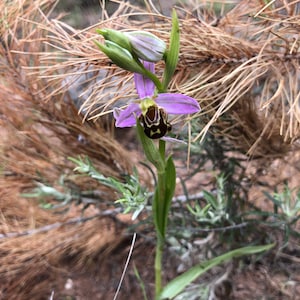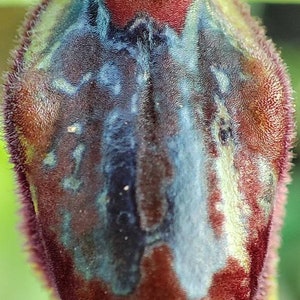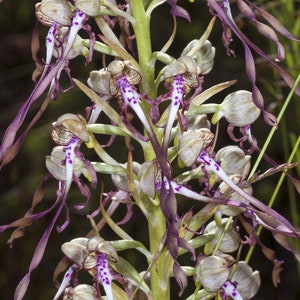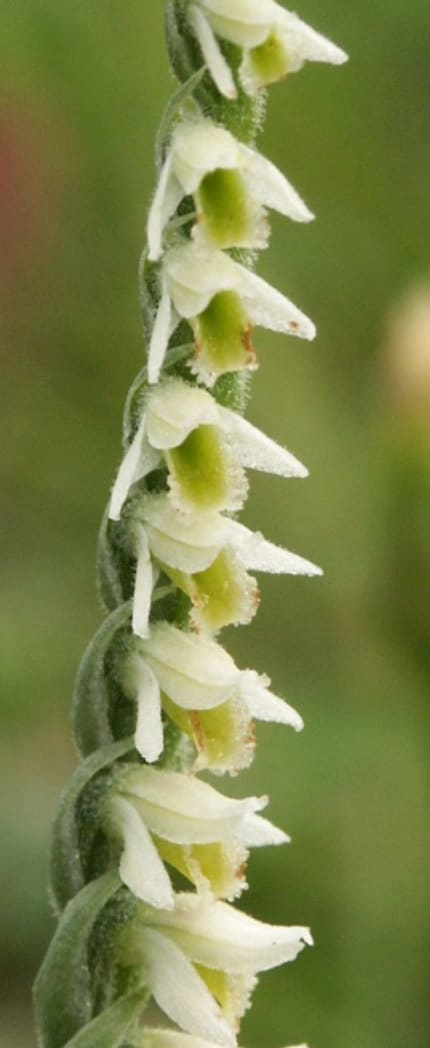

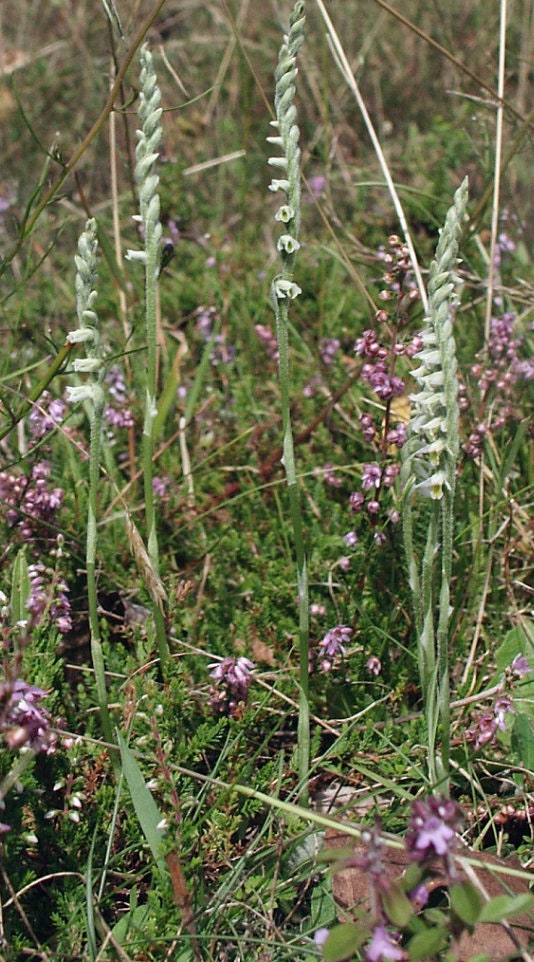
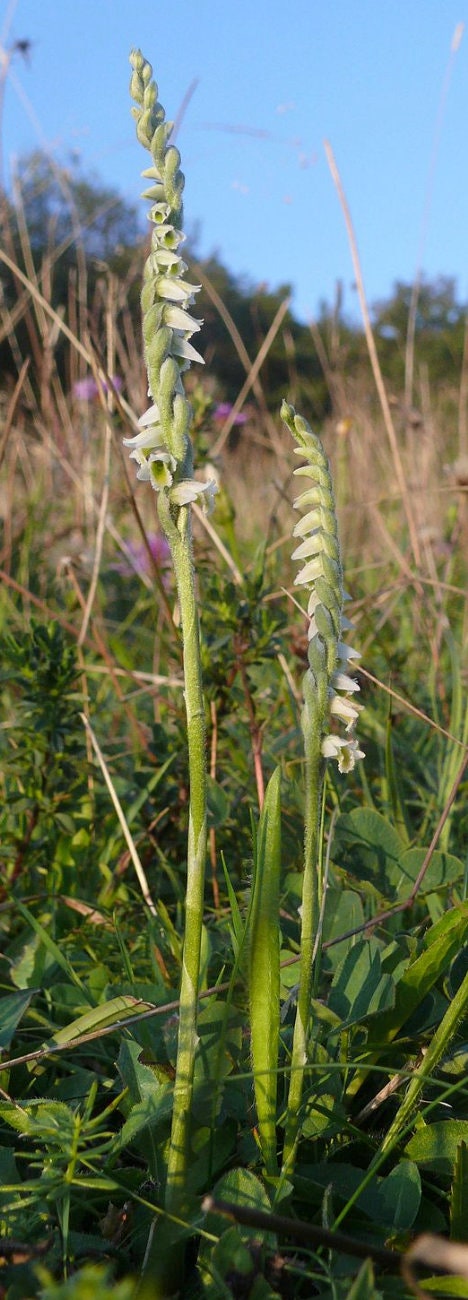
Orchid
Spiranthes spiralis orchid bulb, ground orchid, autumn lady's-tresses, terrarium plants
$23.76
-
DetailsAll our bulbs are over 8 years old and will produce above-ground parts, and have flowered at lest once so are able to flower. we will also be selling seed capsules soon.
(If you are experiencing any problems during checkout please go to : moss-wholesale.com
Suitable for: light (sandy), medium (loamy) and heavy (clay) soils and prefers well-drained soil.
Suitable pH: neutral and basic (mildly alkaline) soils and can grow in very alkaline soils.
It can grow in semi-shade (light woodland) or no shade.
It prefers dry or moist soil.
Habitats: Hilly pastures, downs, moist meadows ...
Common Name: Autumn Lady's Tresses
USDA hardiness: 5-9
Spiranthes spiralis, commonly known as autumn lady's-tresses, is an orchid that grows in Europe and adjacent North Africa and Asia.
It is a small grey-green plant. It forms a rosette of four to five pointed, sessile, ovate leaves about 3 cm (1.2 in) in length.
In late summer an unbranched stem of about 10–15 cm (3.9–5.9 in) tall is produced with approximately four sheath-shaped leaves.
The white flowers are about 5 mm (0.20 in) long and have a green spot on the lower lip.
They are arranged in a helix around the upper half of the stalk.
Autumn lady's tresses is a polycarp, perennial, herbaceous plant that remains underground during its dormancy in summer with tubers.
Underground there are two to four (or exceptionally six), egg-shaped or ovate-oblong, hard tubers which are usually 1–3 cm (0.39–1.18 in) long and ¾–1½ cm (0.3–0.59 in) in diameter, slightly tapering towards the tip. They are pale brown and smooth with short transparent hairs on the outside. These tubers, as in many orchids, have an earthy musty smell, originating from the mycorrhiza. There are no thick filamentous secondary roots as in many other orchids.
The plant needs many years to grow large enough (eight years) to produce above-ground parts, and to produce a flowering stalk (another three years). Even then, it mostly flowers once every few years, and will during hard times not surface at all. The stem is greyish green, usually 7–20 cm (2.8–7.9 in) (in Southern Europe exceptionally 40 cm) high, unbranched, erect, and terete. Especially further up, the stem is covered with short transparent glandular hairs. Below the flowers stand three to seven grayish green, acute leaves that envelop the stem, with membranous edges and three to five veins. Sometimes the withered leaf remains of the rosette of the previous year are still visible at the base of the stem.
The new leaves, which appear at the same time or after the flower stem, stand with four to five together in a rosette beside the stem. They are 2–4 cm (0.79–1.57 in) (exceptionally 5½ cm) long and ¾-1¾ cm (0.3-0.69 in) wide, blue-green, very glossy, sessile, oval and have a pointed tip and translucent entire edges. They have three to five keeled veins.
Plants in the Mediterranean can be considerably more robust than those in Western and Central Europe.
The inflorescence is a slender spike of 3–12 cm (1.2–4.7 in) (exceptionally 20 cm) long, with usually ten to twenty-five (rarely as few as six or as many as thirty) flowers. They are set in a single row, usually in a clockwise or counterclockwise spiral winding around the axis, or rarely all to one side.
Each flower is subtended by a pale green, lanceolate bract. This shelters the base of the flower, tapers, bends toward the tip, has white edges and scattered glandular hairs at the base. They are usually 9–13 mm (0.35–0.51 in) long and 3–5 mm (0.12–0.20 in) wide. The flowers are very small, ± ½ cm (0.2 in), white, and spread a fragrance that is said to by reminiscent of lily of the valley, vanilla or almonds. The flowers produce nectar unlike in many other orchids. The flower has no spur.
Outer tepals are oblong-ovate, slightly tapering to a blunt tip, 6–7 mm (0.24–0.28 in) long, white with a light green vein, have a ciliate or very finely serrated edge, and on the outside with little glandular hairs. Inner perianth leaves are white, elongate with a blunt tip, a vein and adhere with the slightly longer upper outer perianth leaf, thereby forming an upward decurved upper lip. The lower lip is pale green with a wide irregular jagged edge of crystal-like transparent white growths, oblong, approximately 4–5 cm (1.6–2.0 in) long and 2½–3 mm (0.10–0.12 in) wide, trough-shaped, rounded and without lobes and at its top bending down. Both lips give the flower as a whole a trumpet shape. The lower lip encloses the column (merger of the stamen and style) at the base, and there are also two white, glossy, round, nectar-secreting glands, each with a ring of papillae around their base. The small column is green.
The capsule is 5½-7 mm (0.22-0.27 in) long, 2–4 mm (0.079–0.157 in) or occasionally up to 5 mm (0.20 in) thick, oval shaped, and filled with countless tiny and very lightweight seeds of 0.5–0.6 mm (0.020–0.024 in) long at 0.1 mm (0.0039 in) thick.
Around the end of August a rosette of leaves appears, which stays green over the winter and dies back in July at the latest. During the following weeks, a flower stalk emerges from the centre of the dead leaf rosette, and during flowering, one or two new rosettes are formed. Autumn lady's tresses blossoms after the summer (August–October). The species is not self-pollinating. The pollination is done by bees and bumblebees. In nature, less than half of the fruit capsules produce seeds. The very fine seeds are dispersed by the wind in October or November. Nevertheless, most seeds will not disperse more than a few dm from the mother plant since the vast majority of new plants are in close vicinity to an adult plant. Autumn lady's tresses spreads primarily through sexual reproduction. However, the plants to a limited extent also propagate vegetatively by the formation of side buds on the underground stem. The new plant forms its own tuber and leaf rosette, and if the old root dies, the connection between the two daughter plants is broken. The plants therefore often occur in small dense groups. An individual plant does not usually flower every year, apparently because the production of seeds takes a lot of effort. Plants do not necessarily appear above ground each year, so that after an absence mature plants suddenly seem to appear out of nowhere.
All our bulbs are over 8 years old and will produce above ground parts, and are able to flower. -
Shipping & Policies
Shipping from France
Processing time
1-3 business days
Customs and import taxes
Buyers are responsible for any customs and import taxes that may apply. I'm not responsible for delays due to customs.
Payment Options
Returns & Exchanges
I gladly accept returns, exchanges, and cancellations
Just contact me within: 14 days of delivery
Ship items back to me within: 30 days of delivery
- Custom or personalized orders
- Perishable products (like food or flowers)
- Digital downloads
- Intimate items (for health/hygiene reasons)
- Items on sale
Conditions of return
Buyers are responsible for return shipping costs. If the item is not returned in its original condition, the buyer is responsible for any loss in value.
Questions about your order?
Please contact me if you have any problems with your order.
